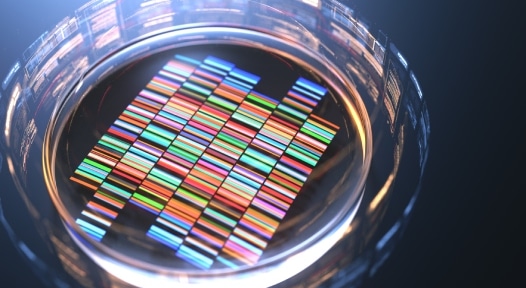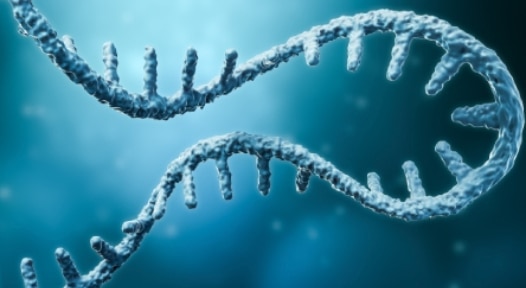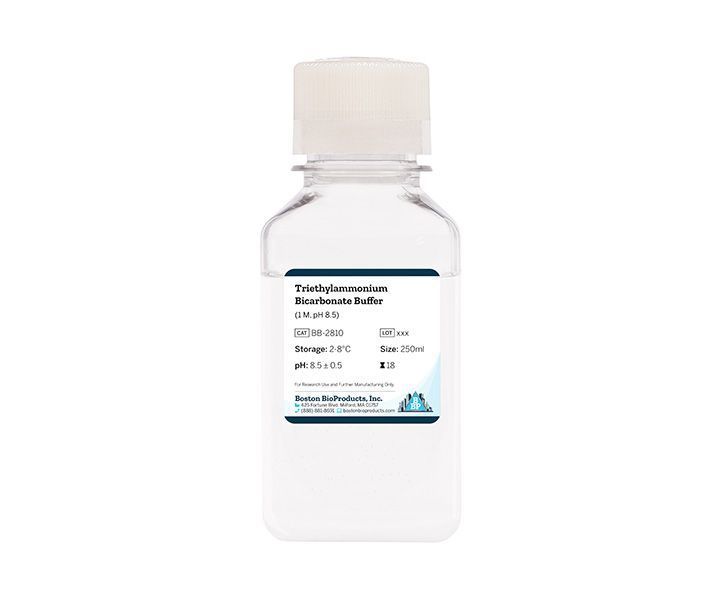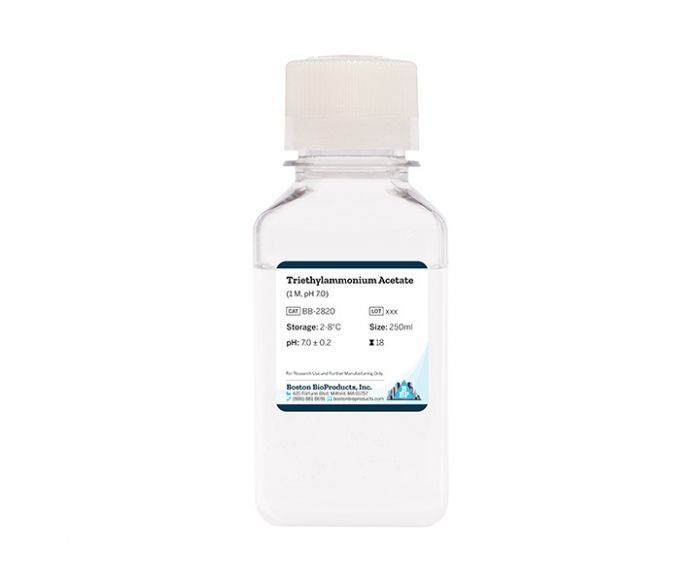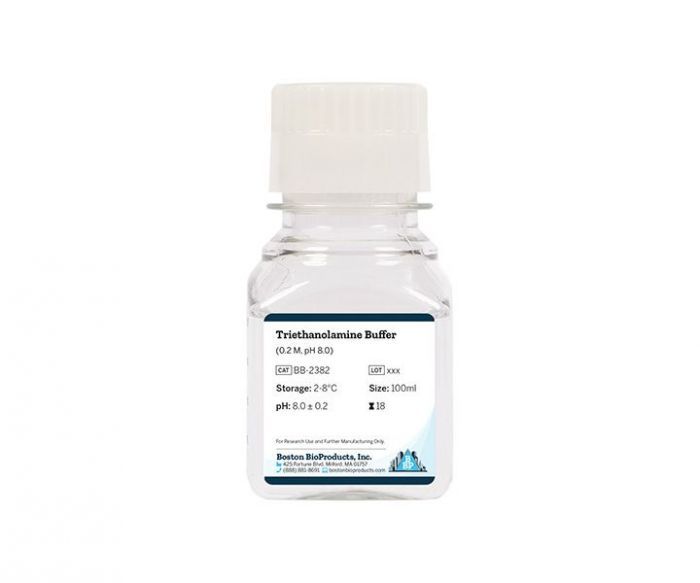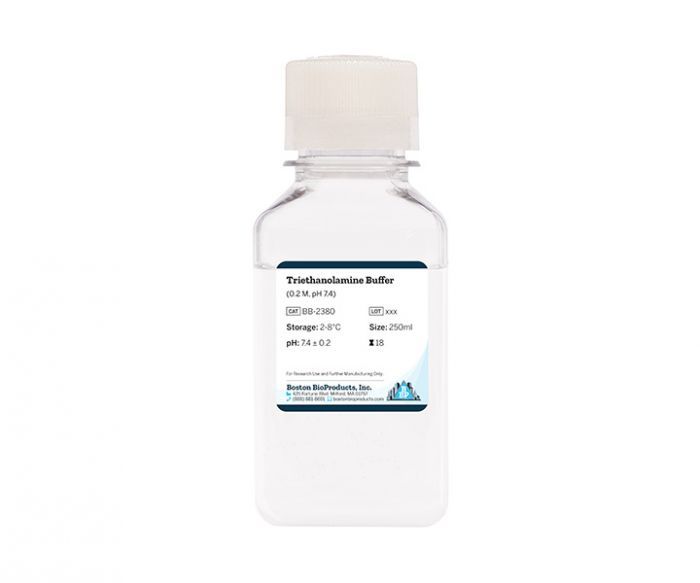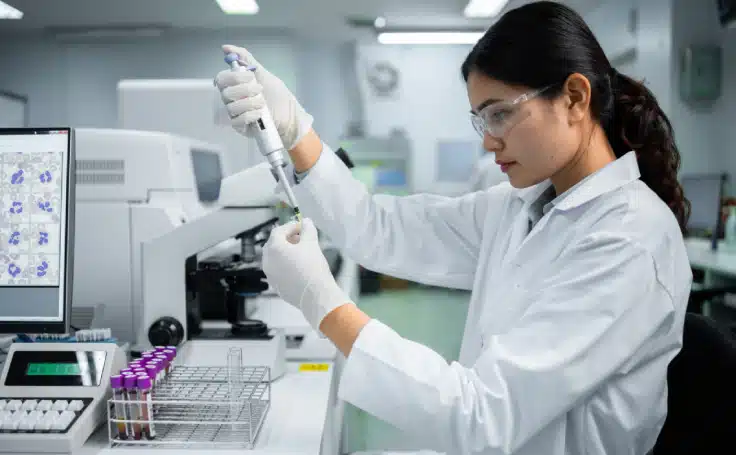
Isolate plasmid DNA at high yield and purity with buffers and reagents you can trust
If you are a molecular biologist who performs cloning, PCR, DNA sequencing, restriction enzyme digestion, transfection, and gene therapy, you've likely needed to isolate plasmid DNA. Are you experiencing low recovery or the presence of impurities? Your plasmid DNA isolation issues may be coming from the quality of your buffers and reagents. Boston BioProducts takes buffer quality seriously and can help you optimize your nucleic acid isolation protocols.
The Process
Plasmid isolation hinges on the meticulous use of quality buffers. These buffers are the unsung heroes, ensuring the integrity and purity of DNA, and are pivotal in the intricate process of lysing bacterial cells and extracting plasmid DNA, setting the stage for groundbreaking molecular biology R&D.
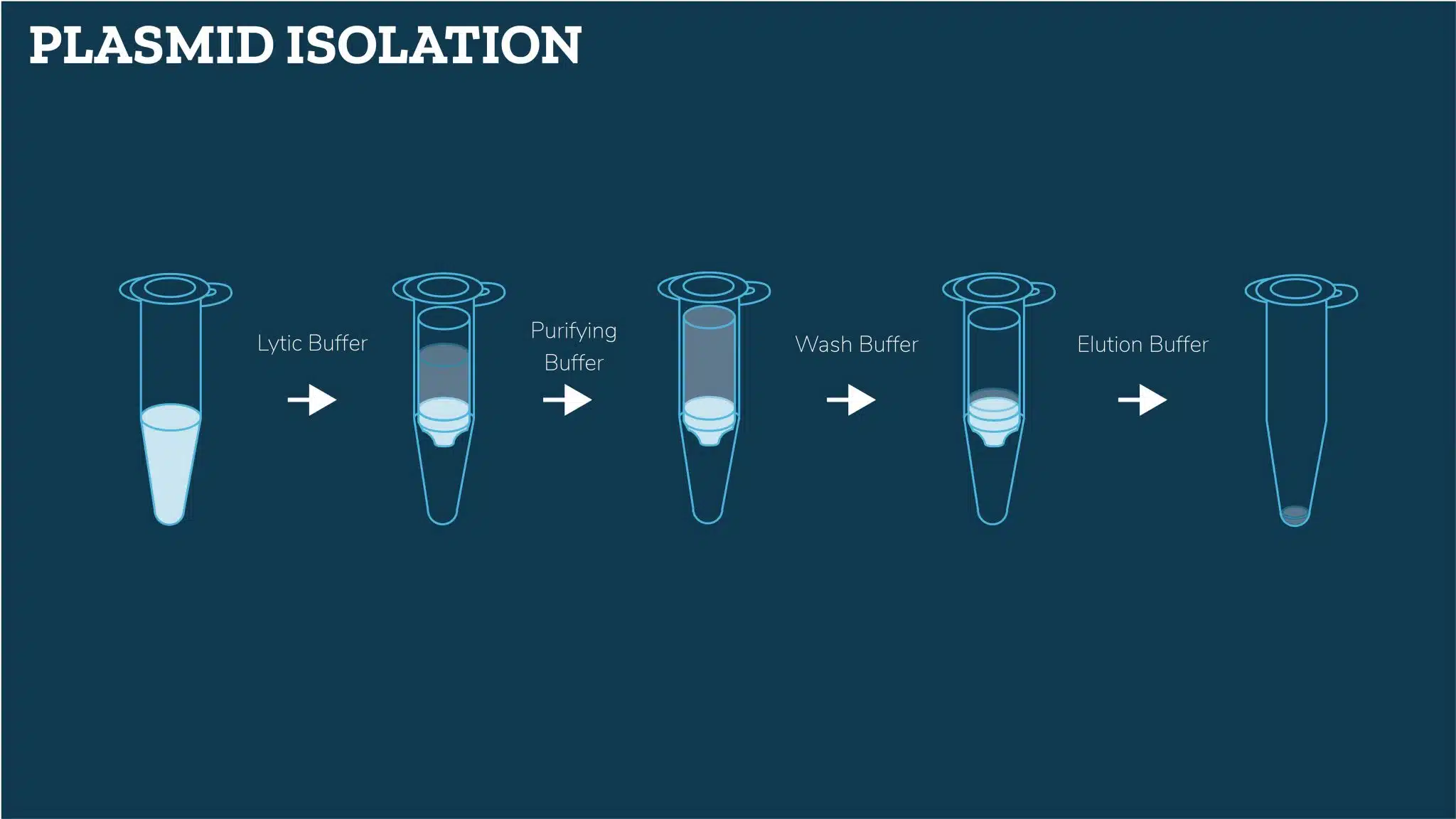
How we simplify the process
Boston BioProducts has a highly experienced team with theoretical and hands-on experience in isolating plasmid DNA. Our high-quality plasmid DNA isolation buffers and solutions are prepared exclusively with high purity water, low endotoxin levels, and devoid of nuclease activity, equipping you with the tools necessary to obtain plasmid DNA without impurities and at high yields. Our expert consultations make it simple for you to achieve your molecular biology goals.
Ways Boston BioProducts can help
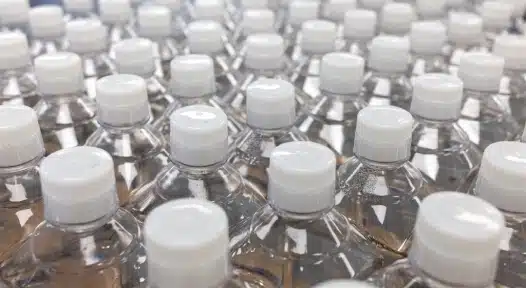
Improve PCR with high plasmid DNA isolation yields using tried and tested buffers
Our buffers are intentionally designed by our team of highly skilled buffer experts to improve the yield of your plasmid DNA. We've rigorously tested our products by performing agarose gel electrophoresis in-house, demonstrating high quality plasmid DNA isolation. No more failed PCRs due to the absence of template plasmid DNA.
Learn more about how
Boston BioProducts can help
Featured Services & Resources
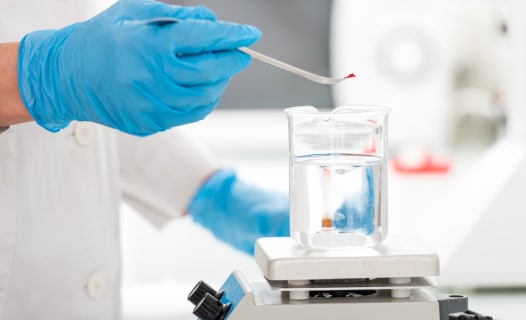
Custom Buffer Manufacturing
If your plasmid DNA isolation is particularly challenging or requires specific conditions, we prepare custom, high-quality buffers to meet your needs.
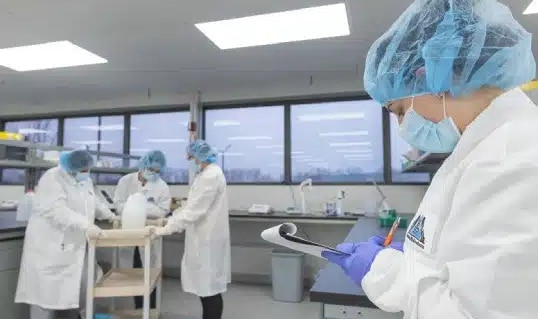
Quality Assurance
We know how frustrating it can be to use impure buffers. That's why Boston BioProducts has quality in mind at every step of our manufacturing process.

Our Facilities
Our ISO-certified facility is designed with quality in mind. Our quality control lab, combined with our manufacturing facilities ensures only the highest quality products are shipped.
Frequently Asked Questions
Many molecular biology techniques rely on the isolation of plasmid DNA from bacterial cultures. Many techniques, such as cloning, sequencing, transfection, and gene therapy rely on the isolation of plasmid DNA.
Plasmid DNA is isolated by first growing a bacterial culture with the plasmid. The cells are lysed in a detergent-containing buffer. Plasmid DNA is then isolated using alcohol-based precipitation or guanidine salts to cause binding of DNA to silica columns.
Genomic DNA is found in eukaryotes and prokaryotes, and is found in the form of chromosomal DNA. It is usually much larger than plasmid DNA. Plasmid DNA is extrachromosomal DNA that is much smaller than genomic DNA and is found only in prokaryotes, like bacteria, and very few eukaryotic organisms.
Separation of plasmid DNA from genomic DNA relies on size, and is often dependent on the right lysis method. This is often done by adding a lysis buffer containing sodium hydroxide and SDS which denatures plasmid and genomic DNA, and then neutralized. Because plasmids are small, they can easily reanneal. However, genomic DNA is too large to reanneal and instead tangles and remains single stranded. Once centrifuged, the tangled genomic DNA will precipitate and form a pellet while the plasmid DNA remains soluble.

